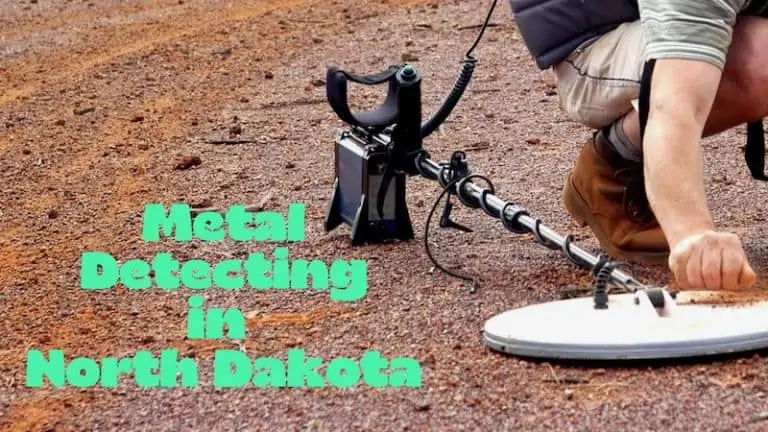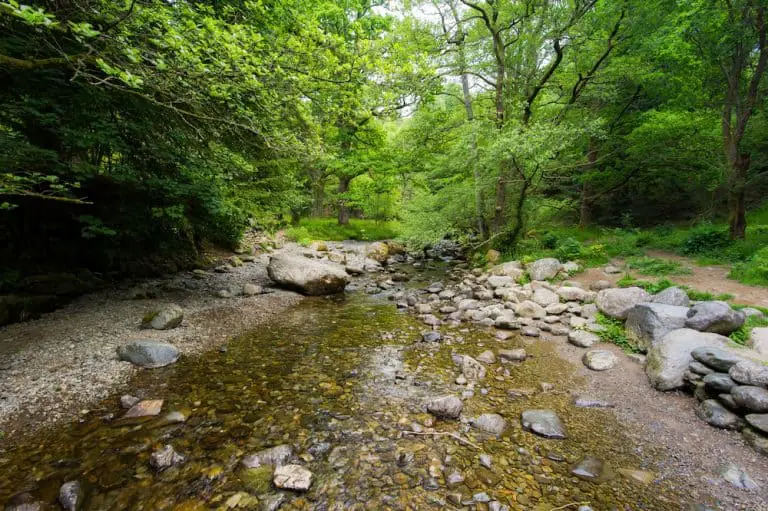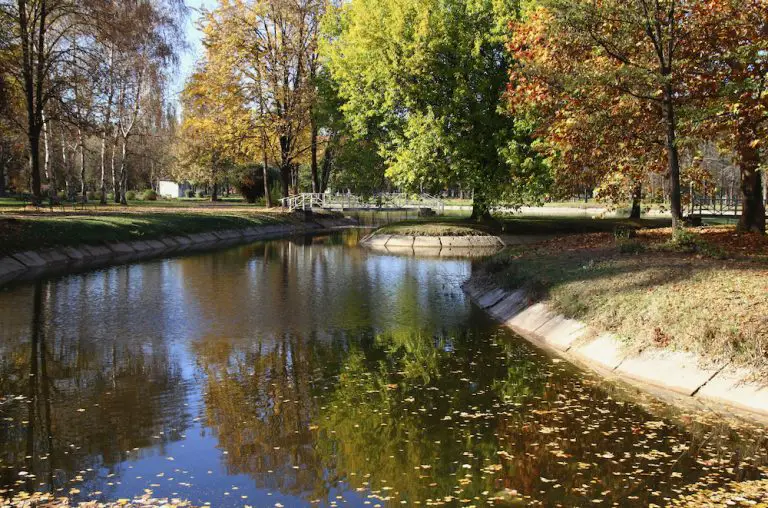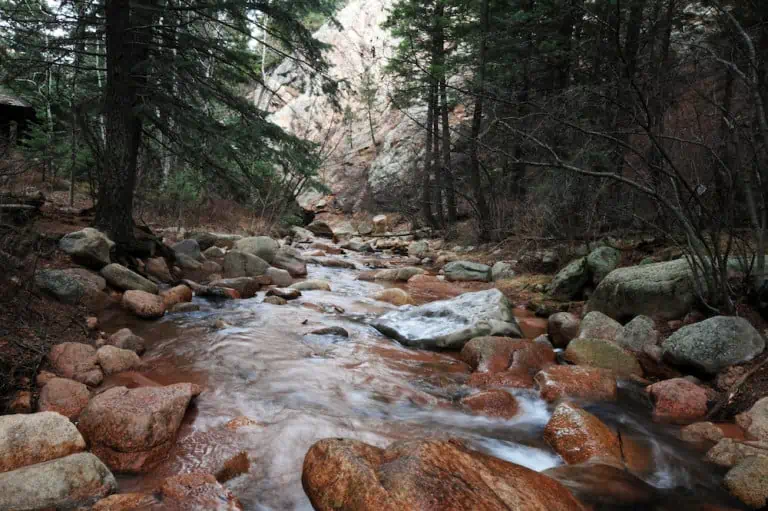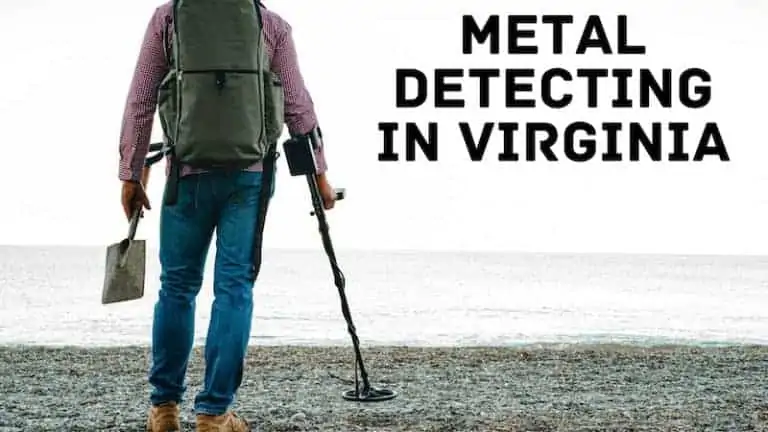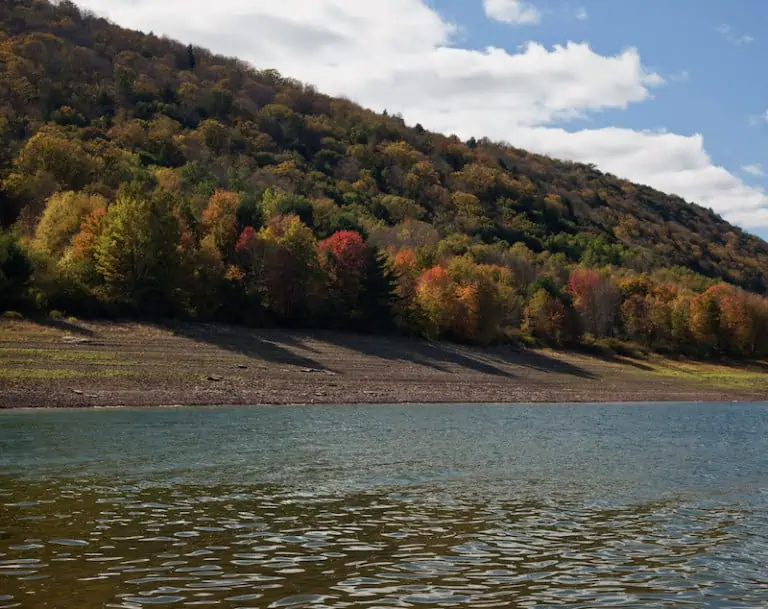Metal Detecting in Indiana: Secrets and Tips to Know
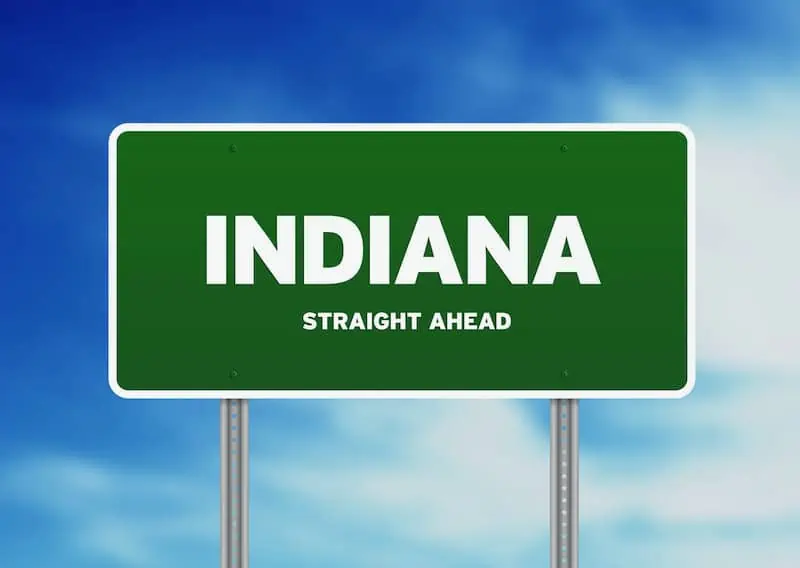
Indiana is a beautiful state known as the Crossroads of America. It has a rich history and culture and is a fantastic place for metal detectorists. Native American tribes are known to have inhabited the region as far back as 8000 BCE.
Tools and weapons can be found around the state. Indiana was also the scene of the Battle of Corydon during the Civil War. Civil War battlefields are typically off limits to metal detectorists, but buttons and badges are commonly found in areas where the troops marched. Look for areas with old homesteads, too. These areas may be filled with relics from the past.
Metal Detecting Laws in Indiana
As with all states in the United States, metal detecting is regulated in Indiana by federal laws like the Archaeological Resources Preservation Act and the National Historic Preservation Act. Both can be confusing but suffice it to say you cannot take any item over 100 years old off state or federal lands, nor can you metal detect and disturb any area considered culturally or historically important.

You can metal detect in most areas of Indiana with the proper permit. Some state parks will allow metal detecting with a permit, but always check with the park ranger for the permits and permissions before you metal detect. Developed campgrounds and picnic areas are typically okay for metal detectorists. Areas like The Dunes require a special use permit which you can obtain from park rangers.
Private property falls under a different category as far as laws go. So long as you receive written permissions from the property owners that dictate that you are allowed to metal detect and dig on their property, you can hunt, dig, and keep whatever you find (work out the issue of keeping the finds with the property owner, as well).
Places to Go Metal Detecting in Indiana
Indiana is in the Great Lakes region, making it a beautiful state to visit. There are many places that allow metal detecting, and you can see some fantastic scenery while you hunt!
Each place is ideal for metal detecting but also gives you a chance to see some of the most unique places in Indiana. Some of the best places to metal detect in the state of Indiana are:
- Bluespring Caverns
- Empire Quarry
- Bean Blossom
- Rose Island
- Kesling Wetland and Farmstead
- Nappanee
- City West Ghost Town
- Mooresville’s Gravity Hill
- 100 Steps Cemetery
- Pogue’s Run
- Market Street Catacombs
- Bedford Limestone Pyramid
- The Roofless Church
- Smith Memorial Labyrinth
- Near the East Pierhead Lighthouse in Michigan City
There are also many great rivers to explore with your metal detector in Indiana. Make sure your search coil is waterproof before you begin. It is best to take a metal detector that is fully waterproof when detecting in water just in case you drop the detector.
- Big Blue River
- Fawn River
- Elkhart River
- East Arm Little Calumet River
- Joseph River
- Ohio River
- Big Pine Creek
- Patoka River
- Yellow River
- White River
- Wabash River
Rivers are wonderful places to search for relics, dropped items, and even gold!
Metal Detecting in Indiana State Parks
Indiana State Parks, like all state parks in the country, do not always allow metal detecting. Most state parks in Indiana that allow metal detecting will require a permit before you begin detecting.
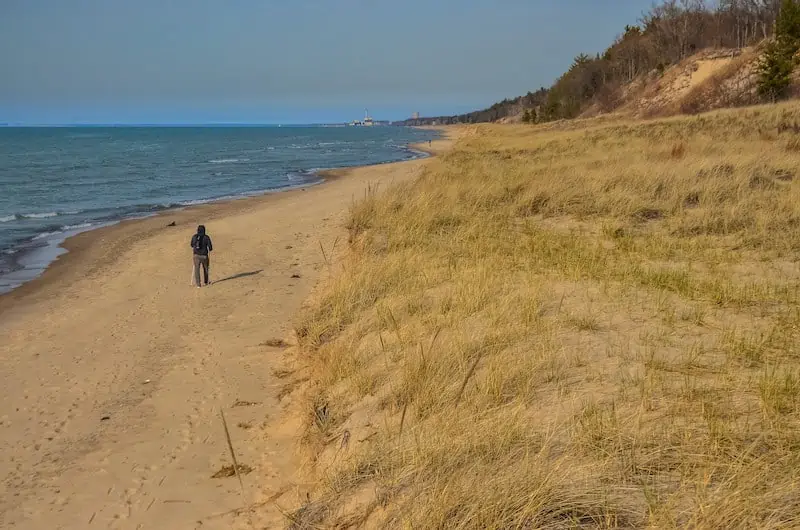
They may also limit your activities to sandy areas, or other locations, at their discretion. No large or motorized equipment is allowed when digging for targets. Only handheld tools are permitted. You must also fill any holes you dig back to their original state.
How to Get a Metal Detecting Permit in Indiana
Many locations in Indiana require a permit for metal detecting. These must be obtained prior to metal detecting, or you could face fines. Aside from the permit, some areas will have additional restrictions for detectorists.
For example, Elkhart County Parks Ordinance states that metal detecting may only be done in established parking areas. Metal detecting can only be done on the surface, with no ground disturbance. Permits are issued free of charge. Metal detectors may be used in other limited public use areas with special use permits issued by the park administration. Permits must be in the possession of the user while detecting.
In the Hoosier National Forest, some metal detecting activities are limited to protect historical remains on public lands. Searching for treasure troves can be done with a special use permit. Prospecting can be done in the forest if you avoid other people’s claims. This can be avoided by searching the County and Bureau of Land Management records, which will show the locations of active claims.
Remember, if you prospect and take items off someone’s claim, it is theft. If you are searching for historic or prehistoric artifacts, you may only obtain a permit if it is for scientific research purposes. For recreational metal detecting, you may search in campgrounds, swimming areas, and picnic areas with no permit required. If you find historical or culturally important artifacts, however, you must stop and notify a Forest Service Office.
If you wish to detect in the city of Mishawaka, the Parks Department requires you to annually obtain a permit sticker to place on your metal detector. These may be obtained at the Parks Office. When a permit is obtained, a cart stating you are authorized to metal detect will be provided. You may not detect on golf courses or in parks where it interferes with the public. The card will include the detectorists name, age, and permit number, and should be always kept with you.
Metal Detecting Clubs in Indiana
As with all states in the country, Indiana has multiple metal detecting clubs. Metal detecting clubs are a great resource for all detectorists.
You can visit with likeminded people, discuss metal detectors, discuss, and learn about laws, and gain help identifying your finds. Some detecting clubs in Indiana are:
- Miami Valley Coin Relic Hunters Club
- East Central Indiana Research & Recovery
- Hoosier Exploration and Recovery
- Duh-Tektors of NW Indiana
- Hoosier Hills Treasure Hunters
- Northern Indiana Research & Recovery Society
- Indiana Recreational Gold Prospector
- GPAA Southern Indiana Chapter
- GPAA Cutler Chapter
- GPAA Kokomo
- GPAA Ninevah Chapter
Best Metal Detecting Spots in Indiana
Indiana is full of great places to metal detect. Some of the best spots for metal detecting in Indiana are:
1) Pokagon State Park
Pokagon State Park is in the northeast corner of Indiana and is a popular destination in the Midwest. This is a great place to do some metal detecting along the shore. Make sure you get your permit from the park ranger before you metal detect within the park.
2) Dream Lake State Recreation Beach
Dream Lake is aptly named because of its beautiful scenery. This is a nearly 200-acre property with perfect views of the lake. Again, stop by the park ranger office to get your permit before you metal detect.
3) Summit Lake State Park
Summit Lake State Park is located near New Castle in mid-Indiana. The area is beautiful, and you can metal detect here with permission from the park ranger.
Metal Detecting in Northern Indiana
In the northwestern corner of Indiana, you can visit the southern edge of Lake Erie. This is a wonderful place for those who wish to detect in water. The Great Lakes are a fantastic place to metal detect because they are highly visited. Anywhere people congregate you are likely to find dropped treasures.
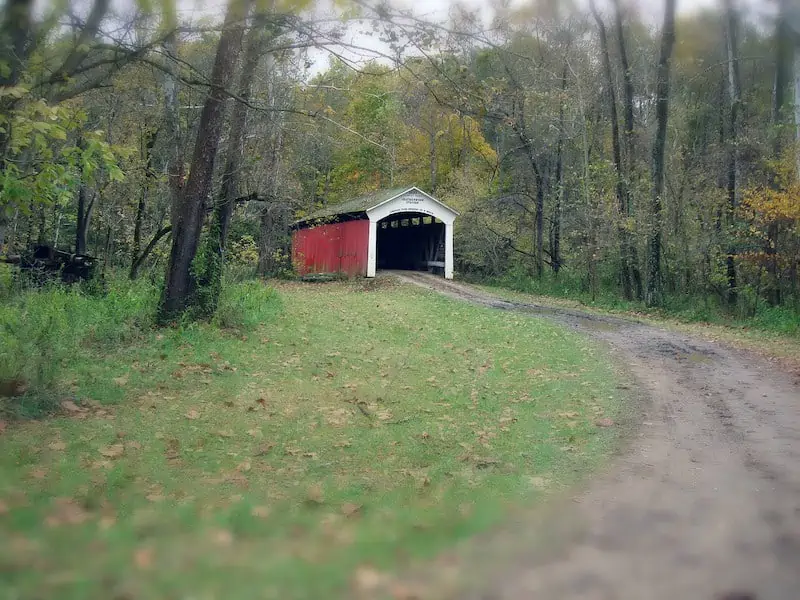
As mentioned above, you can metal detect in Elkhart with the proper permits. Logansport is a beautiful place to gold prospect. Wabash River is known for having gold. Gold prospecting is easiest when you use a metal detector specifically built for prospecting, like the Fisher Gold Bug 2, or Garrett’s Goldmaster 24K. You can also use a detector with an operating frequency above 18 kHz. This is the lower end for finding smaller gold, so the higher the frequency the more small and fine gold you will be able to find while detecting in northern Indiana.
Secrets and Tips for Metal Detecting in Indiana
Always check the laws for metal detecting in your area of Indiana. They vary by location and must always be followed.

Check with your local government, park rangers, and forest service personnel prior to metal detecting in Indiana.
While Indiana does not have lode veins of gold like the western states, many of the state’s rivers contain gold and even small diamonds.
Indiana is reported to have several treasure troves scattered throughout the state.
Notorious gangster John Dillinger is said to have buried several treasures of stolen money on his father’s farm near Mooresville. The FBI estimates that approximately $600,000 is buried somewhere on the 10-acre farm.
Native Americans buried a gold bullion cache in a cave on Ricky McBride Bluff, overlooking the White River north of Shoals.
Pirates are said to have hidden in a cave on a bluff overlooking the Ohio River south of Mount Vernon. They hid several treasure caches in the area.
Robbers stole approximately $80,000 in gold bullion, coins, and paper money from a passenger train in 1828 near Marshfield. The robbers were caught, but their treasure whereabouts were never revealed before they were tried and put to death.
If you have, or know someone with private property, search theses areas. They can contain many relics and artifacts, coins, and jewelry.
Metal detect in areas where tourists and locals gather. Check during the off season for less interference from the public.
Be sure your metal detector’s search coil is waterproof if you hunt near or in water. If you want to shallow or deep dive with your detector, make sure it is fully waterproof and always check how deeply it can be submerged.
Conclusion
Indiana is a beautiful state with a rich history. Metal detecting in this picturesque state can be extremely rewarding. You not only get to experience some breathtaking scenery, but you can find buried treasure while you do it!
Always remember to check for permit requirements and ensure you are detecting in an area open to you. It is worth the time to check into where you can and cannot metal detect, and where you need a permit. If you are caught detecting somewhere it is banned, or without the proper permissions, you can be fined, have your detecting equipment confiscated, have your finds confiscated, and may even serve jail time.
It is not worth it!
The authorities also do not take “I did not know” as a valid excuse. So, take your time and research the area you want to metal detect so you do not find yourself in trouble.
Most of all, have fun!
FAQ
If you enjoyed this article, please “like” our Facebook page!
You Might Also Want to Read:
